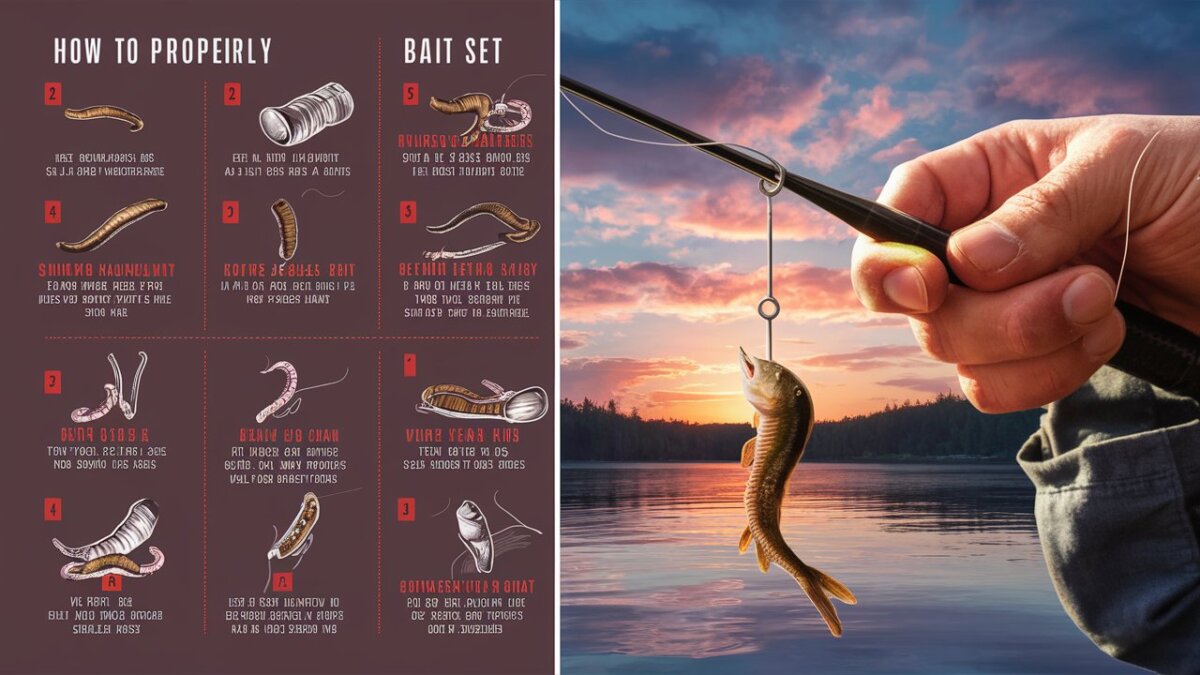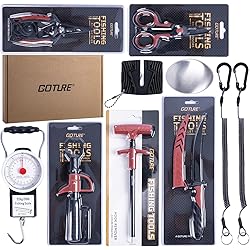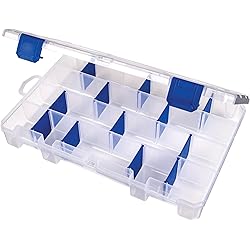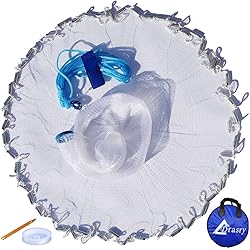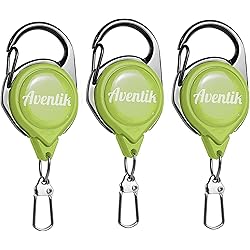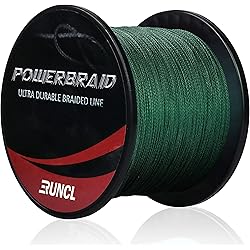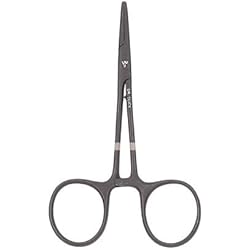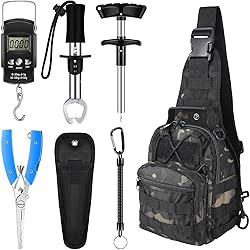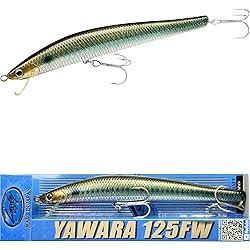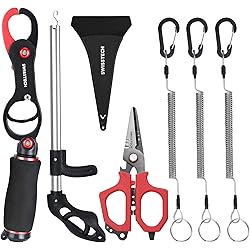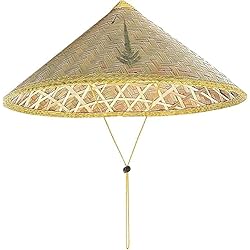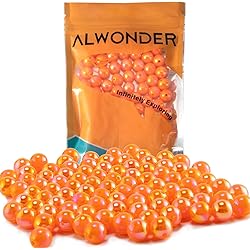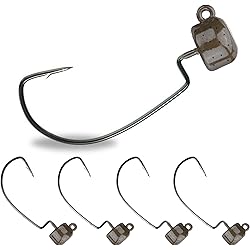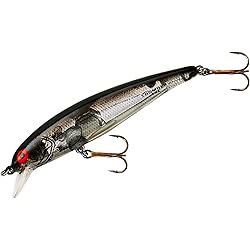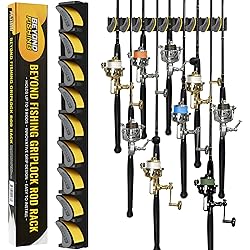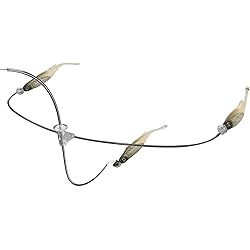How to properly bait and set your fishing hook, Fishing is both an art and a science, requiring skill, patience, and knowledge. One of the most crucial aspects of fishing is knowing how to properly bait and set your hook.
Whether you’re a seasoned angler or a beginner, mastering these techniques can significantly increase your chances of success.
This comprehensive guide will cover everything you need to know about baiting and setting your hook for maximum success, from choosing the right bait to understanding different hook types and setting methods.
Understanding fishing hooks
Before delving into the techniques of baiting and setting your hook, it’s important to understand the different types of fishing hooks available. The type of hook you use can greatly influence your fishing success.
397pcs Fishing Accessories Kit
Types of Fishing Hooks
- J-Hooks: These are the most common type of hook and are suitable for a variety of fishing methods. They have a simple J-shape and are versatile, making them a popular choice for many anglers.
- Circle Hooks: These hooks are circular in shape, allowing them to hook fish in the corner of their mouths. They are ideal for catch-and-release fishing because they minimize harm to the fish.
- Treble Hooks: Often used with lures, these hooks feature three points. They provide a higher chance of hooking a fish but can cause more damage, making them less ideal for catch-and-release.
- Octopus Hooks: These hooks have a short shank and a slightly curved point, making them suitable for various bait types. Live-bait fishing frequently uses them.
- Aberdeen Hooks: These hooks have a long shank and a fine wire, making them ideal for baiting with worms and other soft baits. Freshwater fishing commonly uses these hooks.
Hook Sizes
Numbers typically indicate the various sizes of fishing hooks. Smaller numbers correspond to larger hooks, and vice versa. Choosing the right hook size depends on the type of fish you’re targeting and the bait you’re using.
- Small Hooks (Size 10–14): Ideal for small fish such as panfish, trout, and crappie.
- Medium Hooks (Size 6-8): Suitable for medium-sized fish like bass, walleye, and catfish.
- Large Hooks (Size 1-4/0): Ideal for larger fish, such as pike, muskie, and saltwater species.
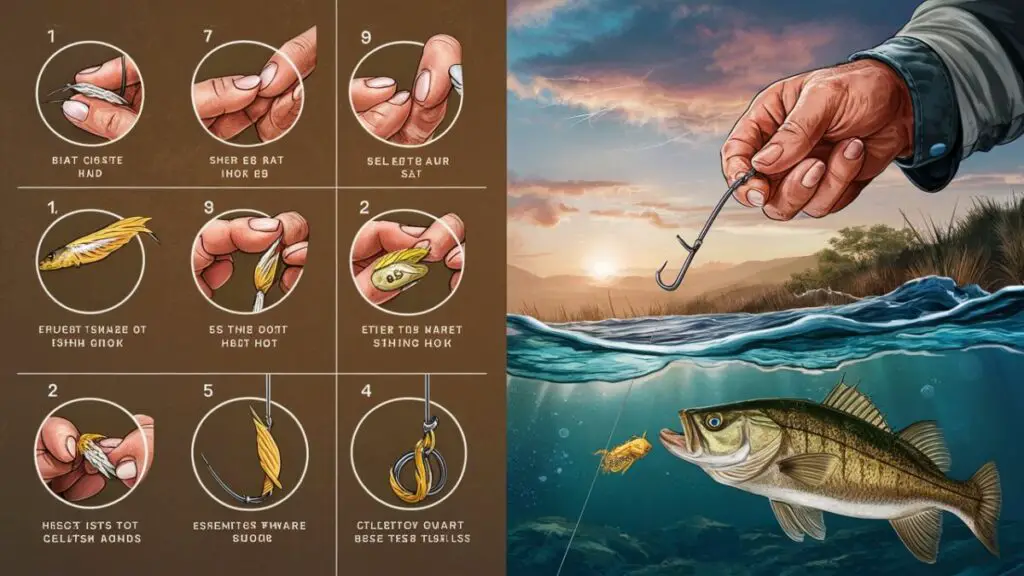
Choosing the Right Bait
Selecting the appropriate bait is critical for successful fishing. The type of bait you use can vary depending on the species of fish, the fishing environment, and your personal preference. We can broadly categorize baits into live bait, cut lure, artificial bait, and fly fishing bait.
Live Bait
Live bait is one of the most effective types because it closely resembles the natural food source of fish. Common live baits include:
- Worms: Nightcrawlers and red wigglers are popular choices for a variety of freshwater fish.
- Minnows are small fish that are often used for catching larger predatory fish such as bass, pike, and walleye.
- Insects: For species like trout and panfish, you can use crickets, grasshoppers, and other insects.
- Leeches are effective for catching walleye, bass, and catfish.
Cut Bait
Cut bait is made up of pieces of fish or other marine animals. It’s particularly effective for catching larger fish species. Common cut baits include:
- Fish Fillets: Strips of fish, such as herring, mackerel, or shad.
- Squid is used in saltwater fishing, particularly for species such as snapper and grouper.
- Shrimp is effective for both freshwater and saltwater species.
Artificial Bait
Artificial baits are man-made lures designed to mimic the appearance and movement of natural prey. They come in various forms, including:
- We use soft plastics to make worms, grubs, and creature baits.
- Hard Lures: Crankbaits, jerkbaits, and topwater lures made of rigid plastic or metal.
- Spinnerbaits are lures with spinning blades that create flash and vibration.
- Jigs: weighted hooks with soft or rigid bodies, often used for vertical fishing.
Fly-fishing bait
Fly fishing involves using artificial flies to mimic insects and other natural food sources. Flies are typically categorized into:
- Dry Flies: Designed to float on the water’s surface, imitating adult insects.
- Wet Flies: Sink below the surface, mimicking nymphs and larvae.
- Streamers: Imitate small fish and other underwater creatures.
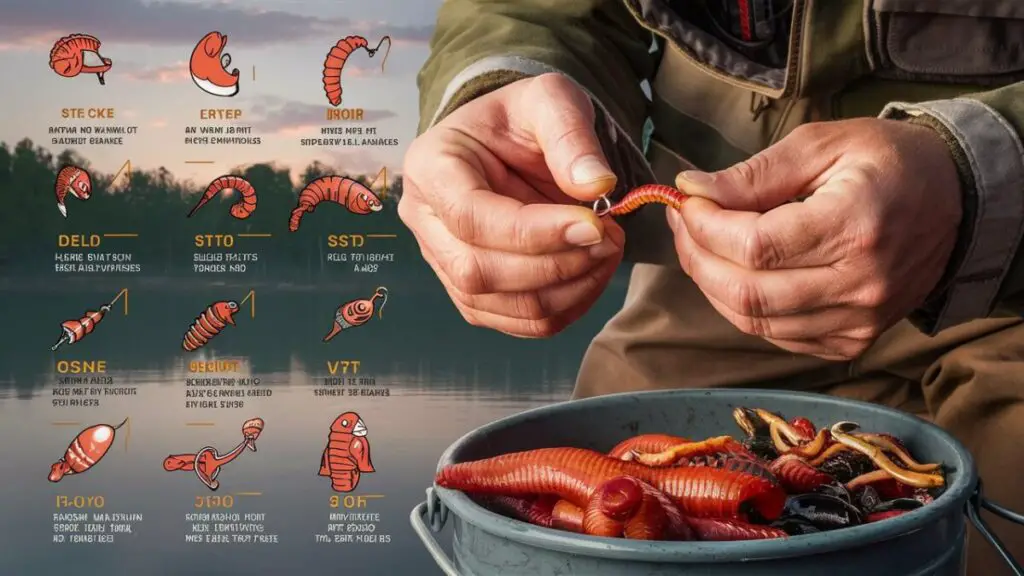
Baiting your hook
Baiting your hook properly is critical for attracting fish and creating a secure hookset. The technique varies depending on the type of bait you’re using.
Baiting with Worms
- Thread the Worm: Insert the hook into the worm’s head and thread it onto the hook. For larger worms, you can thread the hook through the worm’s body multiple times to cover the hook.
- Leave a Dangling Tail: To create movement and attract fish, leave a small portion of the worm’s tail dangling.
- Secure the Worm: To prevent fish from easily stealing the worm, make sure you hook it securely.
Baiting with minnows
- Lip Hooking: Insert the hook through the minnow’s lower lip, then out through the upper lip. This method allows the minnow to swim naturally.
- Dorsal Hooking: Insert the hook just behind the minnow’s dorsal fin. Be careful not to damage the spine.
- Tail Hooking: Hook the minnow through the base of the tail. This method creates erratic swimming motions.
Baiting with Cut Bait
- Cut the Bait: Cut the baitfish into strips or chunks, depending on the size of the target fish.
- Hook the Bait: Securely hook the bait by inserting the hook into the flesh of the cut bait.
- Expose the Hook Point: Leave the hook point exposed to increase the chances of a successful hookset.
Baiting with Artificial Baits
- Match the Hatch: Opt for artificial baits that closely resemble the target fish’s natural prey.
- Rigging Soft Plastics: Thread the soft plastic onto the hook, ensuring it is straight and covers the hook shank.
- Attaching Hard Lures: To allow for natural movement, tie the tough lure to your fishing line using a suitable knot, such as a loop knot.
Baiting for fly fishing
- Select the Right Fly: Choose a fly that matches the insects or prey found in the fishing area.
- Attach the fly: Use a suitable knot, such as the improved clinch knot.
- Present the Fly: Cast the fly delicately onto the water’s surface to mimic the natural behavior of insects.
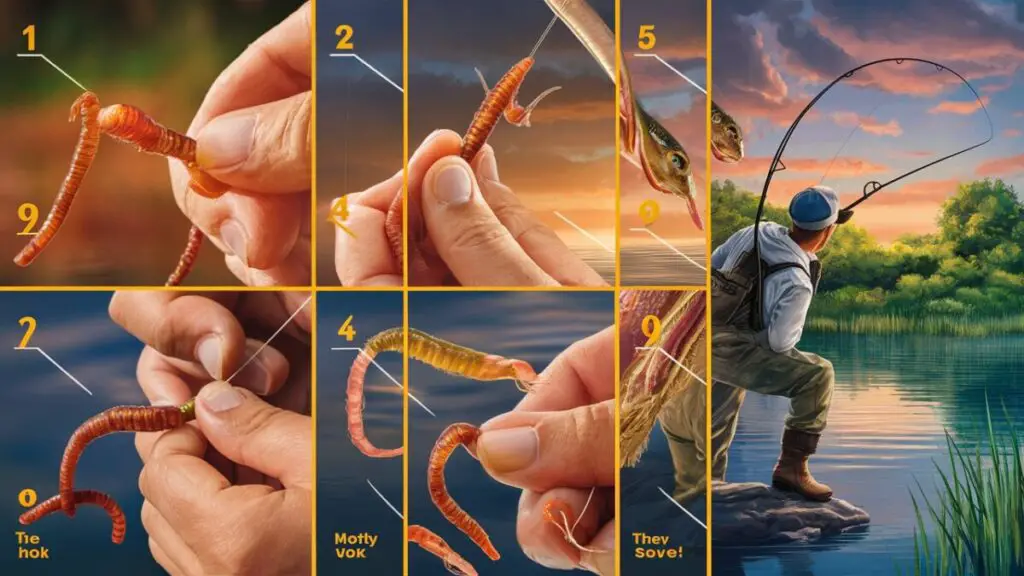
Setting the hook
Once you’ve baited your hook and cast your line, the next crucial step is setting the hook when a fish bites. Properly setting the hook ensures that it penetrates the fish’s mouth, securing your catch.
Recognizing a Bite
For timely hooksets, recognizing a bite is critical. Different fish species and fishing environments can produce varying bite patterns. Common signs of a bite include:
- Feeling a tug or pull on your fishing line is a clear indication of a bite.
- Line Movement: Observe your fishing line moving in an unusual direction, such as sideways or against the current.
- Rod Tip Movement: Notice your rod tip bending or twitching.
- Seeing fish activity near your bait, such as splashing or swirling water, is a visual cue.
Hookset Techniques
Different fishing situations require different hookset techniques. Here are some common methods:
- The Traditional Hookset: When you feel a bite, quickly raise your rod tip to a 45-degree angle while reeling in the slack. This motion drives the hook into the fish’s mouth.
- The Sweep Set: For species with tougher mouths or when using larger hooks, use a sweeping motion to set the hook. Sweep your rod to the side while maintaining tension on the line.
- The Drop Back Set: When fishing with live bait, allow the fish to take the bait and swim away before setting the hook. This method gives the fish time to fully ingest the bait.
- A slack line set, whether using topwater lures or fly fishing, entails quickly lifting your rod to remove slack and setting the hook when a fish strikes.
Hookset Timing
Timing is crucial when setting the hook. Setting the hook too early can result in missed fish, while setting it too late can allow the fish to spit out the bait. Here are some tips for perfect timing:
- Wait for weight: Before setting the hook, wait until you feel the fish’s weight. This ensures the fish has fully taken the bait.
- Count to Two: For species with a slower bite, count to two after feeling a bite before setting the hook. This gives the fish time to secure the bait in its mouth.
- Watch the line: Pay close attention to your fishing line. When you see it moving steadily, it’s a suitable time to set the hook.
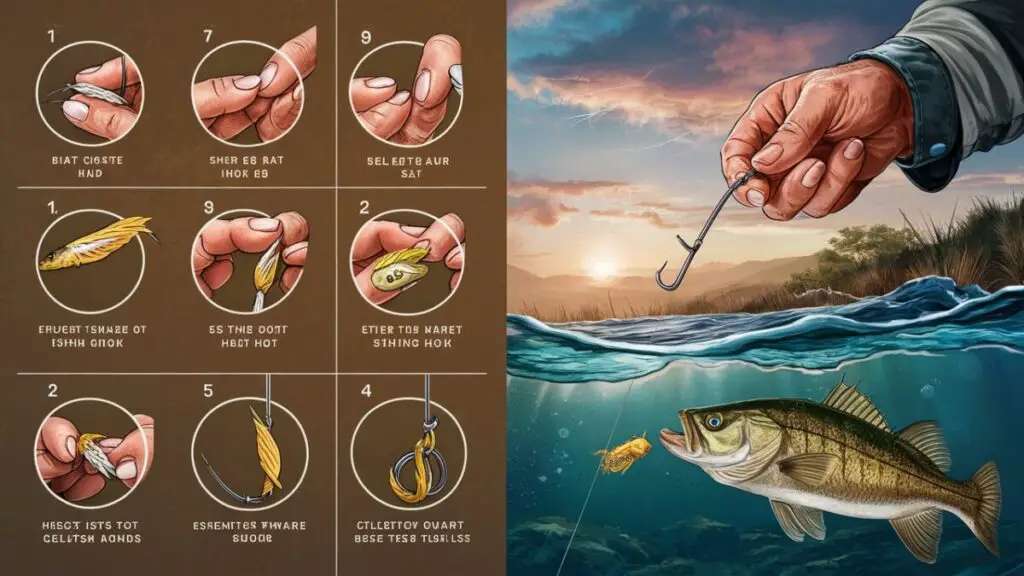
Handling and landing fish
Once you’ve successfully set the hook and hooked a fish, the next step is to handle and land it properly. Proper handling protects you and the fish, especially if you release it.
Reeling in the Fish
- Maintain Tension: When reeling in the fish, keep the line taut. This prevents the fish from escaping.
- Use the rod’s power. Use the rod’s flexibility to your advantage. Allow the rod to absorb the fish’s movements, reducing the chances of the line breaking.
- Adjust Drag: To prevent the line from snapping during a strong run, adjust the drag on your reel.
Landing the fish
- When the fish is close, use a net to scoop it out of the water. Ensure the net is large enough to accommodate the fish.
- Wet Your Hands: Wet your hands before handling the fish to prevent damaging its protective slime coat.
- Support the fish: To avoid injury, support the fish’s body, especially for larger species. Hold it firmly but gently.
The hook is removed.
- Use Pliers: To carefully remove the hook from the fish’s mouth, use fishing pliers. If needed, cut the line close to the deeply embedded hook and leave it in place.
- Minimize air exposure: Limit the time the fish is out of the water. Return it to the water as quickly as possible.
- Revive the Fish: If the fish appears lethargic, gently move it back and forth in the water to help it regain strength before release.
Tips for Maximizing Success
To increase your chances of fishing success, consider these additional tips and techniques:
Understanding fish behavior
- Know the species: Research the habits and preferences of the fish species you’re targeting. Understanding their behavior can help you choose the right bait and fishing techniques.
- Study water conditions: temperature, clarity, and current influence fish. Adjust your fishing strategy based on these conditions.
- Time of Day: Fish are often more active during specific times of the day, such as early morning or late evening. Plan your fishing trips accordingly.
Practicing Patience
- Fishing requires patience. Be patient. Sometimes, it may take time for fish to find your bait.
- Stay alert: At all times, pay attention to your surroundings and fishing line. A moment of distraction can lead to missed opportunities.
- Experiment: Don’t be afraid to try different baits, techniques, and fishing spots. Experimentation can lead to discovering what works best for your target species.
How to properly bait and set your fishing hook
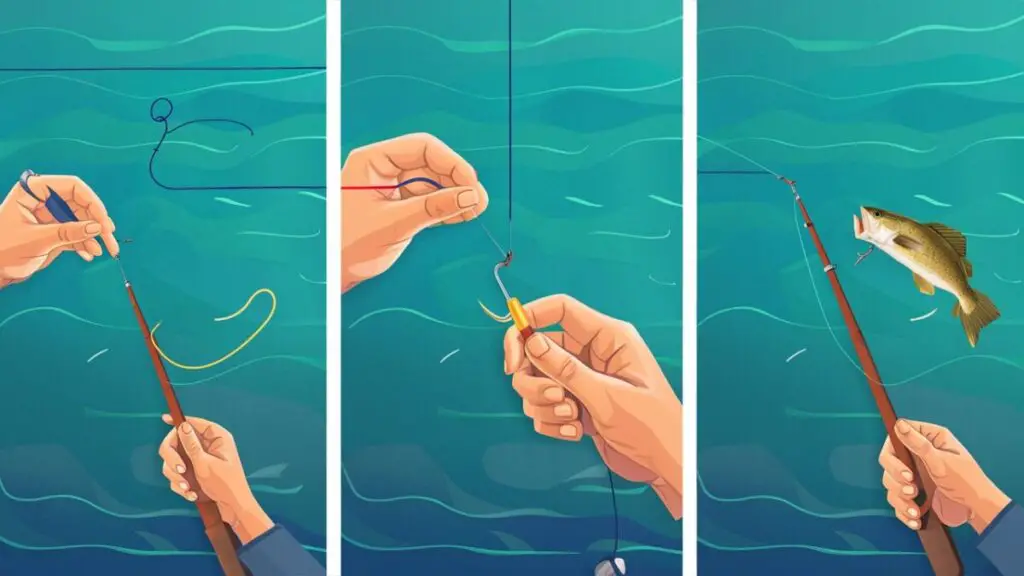
Keeping Your Gear in Top Condition
- Maintain Your Hooks: Regularly inspect and sharpen your hooks. Dull hooks can result in missed fish.
- Check Your Line: Examine your fishing line for any signs of wear or damage. If necessary, replace it to prevent breakage.
- Organize Your Tackle: Keep your tackle box organized and well-stocked with a variety of baits, hooks, and tools.
Ethical fishing practices
- Follow Regulations: Adhere to local fishing regulations and size limits. This helps protect fish populations and ensures sustainable fishing.
- Practice catch and release: If you’re not keeping the fish, practice catch and release to minimize harm. Use circle hooks and handle the fish gently.
- Respect the environment; leave no trace. Dispose of trash properly and avoid damaging the natural habitat.
We offer advanced techniques for baiting and setting your hook.
For anglers looking to refine their skills and increase their chances of success, exploring advanced techniques can be highly beneficial. These techniques often involve a deeper understanding of fish behavior, specialized baiting methods, and strategic hooksets.
Advanced Baiting Techniques
- Chumming: To attract fish to your fishing area, you disperse small pieces of bait in the water. Saltwater fishermen commonly use this technique to entice species such as tuna, sharks, and snapper. To chum effectively, use a combination of ground-up fish, fish oil, and other attractants. Gradually release the chum into the water to create a scent trail that leads fish to your baited hook.
- Brining Bait: Brining involves soaking bait in a salt solution to toughen it and enhance its scent. Fish easily steal soft baits like shrimp and squid, making this technique particularly useful. To brine the bait, dissolve salt in water and soak it for several hours or overnight. The brined bait will be firmer and more attractive to fish.
- Using Scented Baits: Adding scent to your bait can make it more enticing to fish. Commercially available fish attractants come in various scents, such as garlic, shrimp, and anise. To increase the effectiveness of your bait or lures, apply the attractant. Additionally, consider using natural scents like fish oil or ground-up fish parts to enhance the appeal of your bait.
Specialized Hookset Techniques
- Circle Hook Technique: Compared to traditional J-hooks, circle hooks necessitate a different hookset technique. When using circle hooks, avoid the instinct to jerk the rod to set the hook. Instead, allow the fish to take the bait and swim away. The hook will naturally rotate and catch in the corner of the fish’s mouth. Once you feel the fish’s weight, slowly lift the rod to ensure a secure hookset.
- A double hookset can increase your chances of success for larger fish species or when using heavy tackle. After the initial hookset, quickly lower the rod and set the hook a second time with more force. This technique ensures that the hook penetrates deeply into the fish’s mouth, reducing the risk of losing the fish during the fight.
- A slack line hookset is essential when fishing with topwater lures or fly fishing. After a fish strikes, quickly reel in any slack line and lift the rod tip to set the hook. This technique ensures a direct connection between the hook and the fish’s mouth, increasing the likelihood of a successful hookset.
Understanding Fish Feeding Patterns
- Match the Hatch: Observing and matching the natural prey of the fish you’re targeting is crucial for success. Pay attention to the types of insects, baitfish, and other prey found in the fishing area. Choose bait and lures that closely resemble these natural food sources. Matching the hatch increases the chances of attracting fish and triggering strikes.
- Targeting Feeding Zones: Fish often congregate in specific feeding zones, such as drop-offs, underwater structures, and areas with abundant prey. Research your target species’ feeding habits and preferred areas. Position yourself in these zones, and strategically present your bait or lures to maximize your chances of hooking a fish.
- Understanding Seasonal Patterns: Fish behavior and feeding patterns can vary depending on the season. In spring, fish are often more active and feed aggressively as they prepare for spawning. During the summer, fish may seek cooler, deeper waters. In the fall, fish often feed heavily to prepare for winter. Adjust your fishing techniques and bait choices based on the seasonal patterns of your target species.
Advanced Gear and Tackle
- Using Fluorocarbon Leaders: Fluorocarbon leaders are nearly invisible underwater and provide increased abrasion resistance. When fishing in clear water or targeting species with sharp teeth, use a fluorocarbon leader to prevent fish from detecting the line. Attach the leader to your mainline using a strong knot, such as the double uni knot or the Albright knot.
- Using Drop Shot Rigs: Drop shot rigging effectively targets fish suspended or feeding near the bottom. To set up a drop-shot rig, tie a hook to the mainline using a Palomar knot, leaving a long tag end. Attach a weight to the tag end, allowing the bait to float above the weight. This presentation keeps the bait in the strike zone and minimizes snagging.
- Fish Finders and Sonar: Fish finders and sonar technology can significantly enhance your fishing success by providing real-time information about underwater structures, fish locations, and water conditions. You can use these devices to identify fish schools, locate submerged structures, and determine the depth at which fish are holding. Based on the fish finder’s data, adjust your bait presentation and fishing techniques based on the data provided by the fish finder.
Advanced Techniques for Specific Fish Species
- Techniques for Bass Fishing: You can use various techniques to capture bass, known for their aggressive feeding behavior. Consider using techniques like flipping and pitching to target bass in heavy cover. Additionally, using topwater lures in low-light conditions can trigger explosive strikes. Experiment with different bait colors and sizes to match the bass preferences in your fishing area.
- Techniques for Fishing Trout: Trout, often found in clear, cold waters, can be challenging to catch. When targeting trout, use lightweight tackle and natural baits like worms, insects, and small minnows. Consider using fly-fishing techniques to imitate the insects that trout feed on. Pay attention to the current and present your bait naturally to entice strikes.
- Catfish Fishing Techniques: Strong scents attract bottom-dwelling catfish. When targeting catfish, use baits with a strong odor, such as cut bait, chicken liver, or stink baits. Consider using a slip sinker rig to allow catfish to take the bait without feeling resistance. Seek out catfish hiding spots such as logs, rocks, and deep holes.
Dr.Fish Fishing Rod and Reel Combos
Recording and analyzing your fishing trips
- Keep a Fishing Journal: Maintaining a fishing journal can provide valuable insights into your fishing patterns and successes. Keep a detailed record of the date, time, weather conditions, water temperature, bait used, and the number and size of fish you catch. Analyzing this data can help you identify trends and improve your future fishing trips.
- Use Technology: Utilize fishing apps and online platforms to log your catches and share information with other anglers. Many apps provide features like GPS tracking, weather forecasts, and tide charts, which can enhance your fishing experience. Additionally, joining online fishing communities can provide valuable tips and advice from experienced anglers.
- Reflect and Adapt: After each fishing trip, take time to reflect on what worked and what didn’t. Consider the techniques, baits, and locations that yielded the best results. Adapt your strategies based on your observations, and continue experimenting with new approaches to refine your fishing skills.
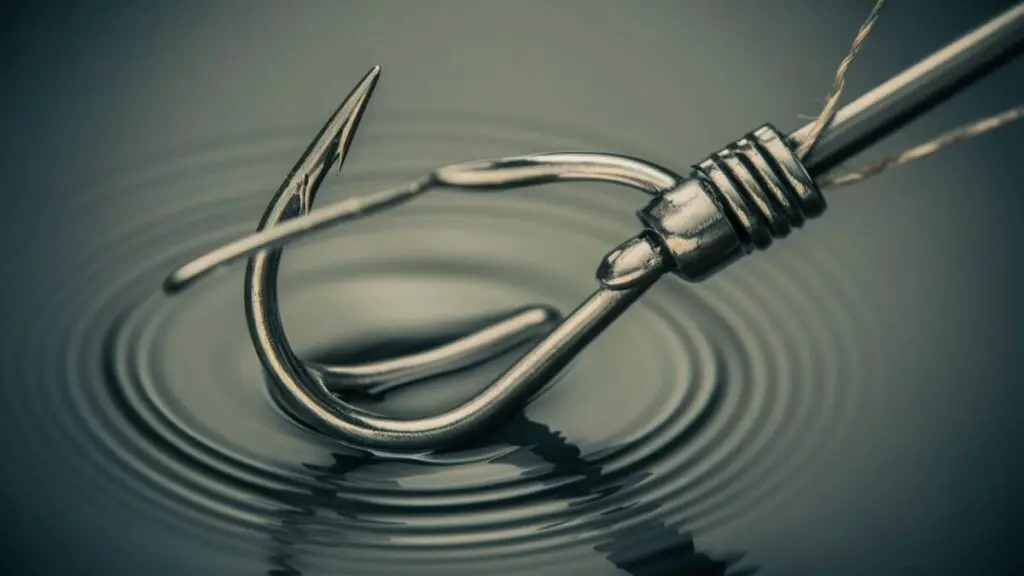
Conclusion
Mastering the art of properly baiting and setting your fishing hook is essential for maximizing your success on the water.
Understanding different types of hooks, choosing the right bait, and employing effective hookset techniques can significantly increase your chances of catching fish.
Additionally, exploring advanced techniques, understanding fish behavior, and maintaining your gear will further enhance your fishing experience.
Whether you’re a beginner or an experienced angler, applying these strategies will help you become a more successful and confident fisherman. So, get out there, bait your hook, and enjoy the thrill of fishing with greater success.
Hooked on Tech: Exploring the latest Fishing Gadgets that Anglers swear by.
In the realm of angling, where tradition and technology often converge, a new wave of fishing gadgets has emerged, transforming the way anglers approach their craft.
From advanced fish finders to smart bait systems, these innovations have not only revolutionized the fishing experience but have also garnered a loyal following among anglers worldwide.

